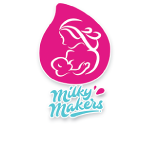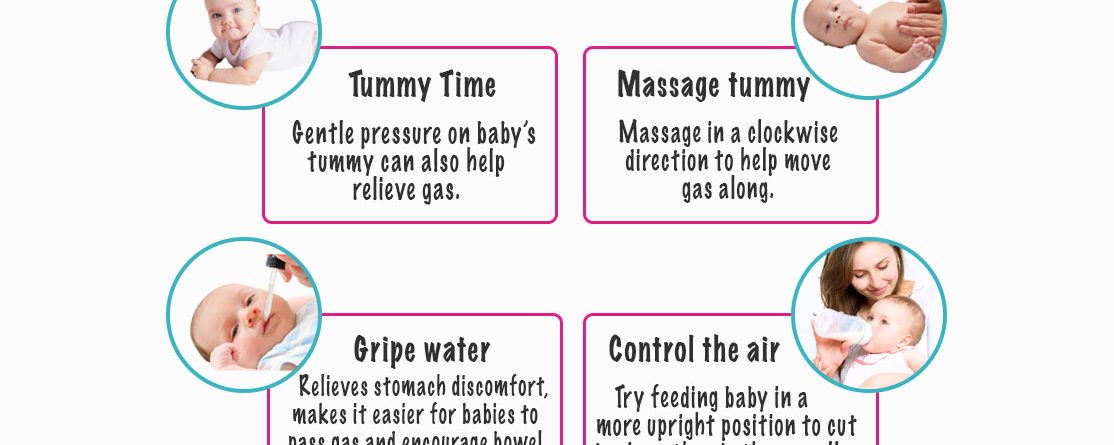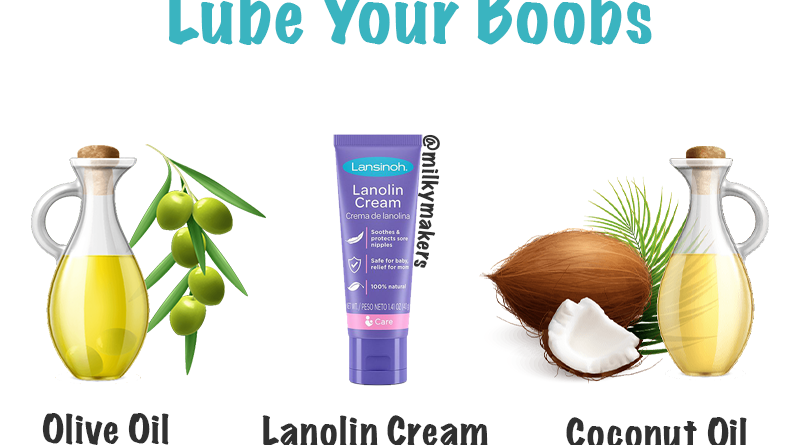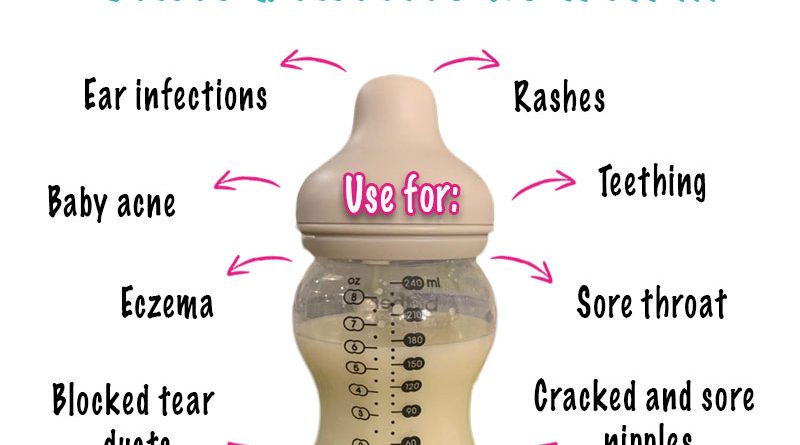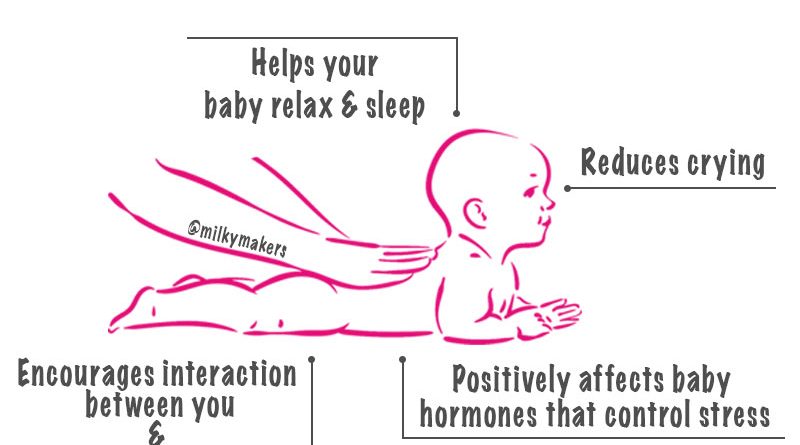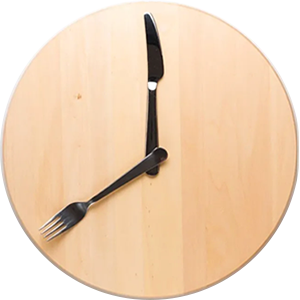16Aug
11Aug
Does your breastmilk smell or taste soapy?
Does your breastmilk smell or taste soapy? Have you ever asked yourself “Why does my breastmilk smell or taste soapy?” 🤷🏼♀️ 🧼 Most of the time when mamas go back to work 💼 and continue to breastfeed 🤱, they discover that their expressed, stored and frozen ❄️ breastmilk smells or tastes soapy. So what can be the reason behind this mystical? 🪄 Some mamas produce milk that has higher levels of an enzyme called lipase, which over time breaks down fat in expressed milk. This fat breakdown can cause a soapy smell and taste. Do not worry mama, the soapy smell/taste is safe for babies 👶 and they will drink this milk without a problem. However, there are cases that baby doesn’t accept the soapy/smelly milk. How to solve this issue? 1️⃣. Try mixing it half with freshly pumped or expressed milk. 2️⃣. Try scalding it before freezing or cooling it (heat your milk in a pan on the stove until small bubbles form around the edges, but it is not yet at a full boil. After that cool it quickly). 3️⃣. Avoid fish oil, flax-seed supplements, old vegetable oils. 4️⃣. Drink bottled water (avoid drinking local tap water for a while). 5️⃣. Avoid any foods that contain rancid fats, like anchovies. 6️⃣. Increase your intake of antioxidants by taking beta carotene and vitamine E supplements. ⚠️Note: scalding breastmilk is not routinely recommended because it kills live cells in your milk. However if baby doesn’t accept your pumped milk, this makes it possible for your milk to be used. Any mamas that have had breastmilk with a soapy taste or smell? If yes, what did you do? 🤷🏽♀️ Double tap, tag or save this post for later ❤️💌
11Aug
Pumping Hacks – Lube Your Boobs
Pumping Hacks - Lube Your Boobs Did you know: Lubricating your breast pump flanges before latching baby on, can decrease the chance of damage happening from the initial suck ... (Yup). This is regardless of whether it's baby or the pump. You can use: 🫒 Olive Oil 🥥 Coconut Oil 💧Lanolin Cream etc. to lubricate your flanges. Are you lubricating your flanges? If yes have you seen an improvement?
10Aug
Your breast milk can have other benifits as well
Your breast milk can have other benifits as well Did you know that your breast milk has so many other benefits …And it turns out that there’s a lot of truth in the statement “Breast milk really does work to heal many of the minor day-to-day health issues moms and babies are facing (ps: yes, research supports this). 👩🏫⚕️So let’s take a look, what else can you use your breast milk for?1️⃣. Ear infections 👂 - Some moms have reported that a few drops of breast milk In baby’s ear can help ease the discomfort. Also continuing to nurse and sucking motion can help your baby get over an ear infection.2️⃣. Blocked tear ducts 👀 - A few drops of breast milk into baby’s irritated eye can help clear a blocked tear duct.3️⃣. Baby Acne 👶🏼 - It may sound strange but newborns can experience baby acne. A few drops of your breast milk can help soothe baby’s sensitive skin.4️⃣. Eczema - Use a cotton ball, add some breast milk and apply it on the affected eczema areas. It might go away on its own, however, make sure to consult your doctor if it gets worse.5️⃣. Rashes - diapers are not everyone’s best friend. Some babies can get red sensitive skin. Breast milk can help soothe baby’s bottom and prevent spreading of the rashes.6️⃣. Teething 🦷 - Freezing breast milk into popsicles can help ease the pain of teething. We have seen great recipes on Pinterest/Youtube!7️⃣. Sore throat 🗣️ - Is your baby having a sore throat? Keep on breastfeeding and help soothe the throat pain. Breast milk has antibodies that can shorten the span of an illness.8️⃣. Cracked & Sore nipples 🤱 - Apply a few drops of breast milk into the affected area of your nipples to help soften and ease the pain.Have you used your breast milk for one of these steps above?
01Aug
The Benefits of Baby Massage
The benefits of baby massage Let’s chat “Baby Massage 101” 🙌 A very powerful way to communicate with your little one is through touch. Newborn massage can increase awareness of how your baby communicates. 👐 Massaging resting hands: Begin the massage with your baby’s hands. You basically start the massage with a resting hand and it can also be used when your baby needs a break during the massage. This is a great way for your baby to feel safe, secure and enjoy the massage. 🦵 Massage legs: Make sure you have enough massage oil on your hands before starting massaging your baby. Try with one hand to hold your baby’s ankle and place the other hand at the top of baby’s thighs, molding it around the leg and moving down to the ankle. Repeat this gently with both hands. 👶 Massage head: When massaging baby’s head, start with your hands on both sides of your baby’s head, run your hands down both sides of baby’s body, from head to toes. Next, draw small circles on baby’s head with your fingertips. 👣 Massage feet: Most baby’s love having their feet massaged. Massaging baby’s feet can have a positive effect on the whole body. Gently roll and squeeze each toe between your thumb and index finger. 🚼 Massage tummy: When baby’s umbilical cord is healed, a gentle newborn tummy massage can be helpful with digestion and tummy ache. Start by gentle paddling strokes, with one hand following the other. 👶🏼 Massage back: When massaging baby’s back, start at the neck, swooping down to their bottom. Another option is using skin-2-skin contact to improve the bonding experience between baby, you and daddy. Do you massage your baby? If yes, does your baby love it? 😍👶🏼
19Apr
